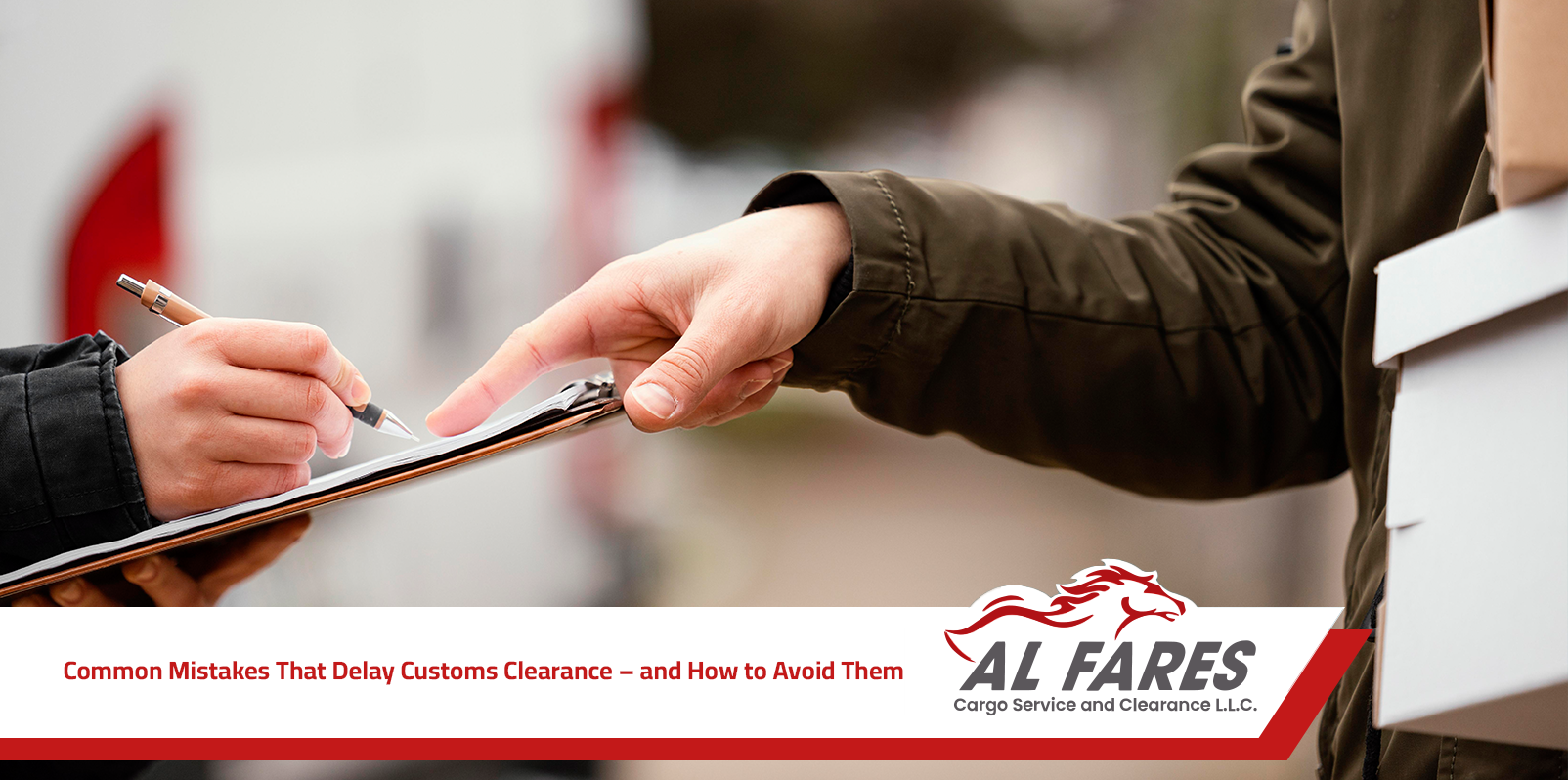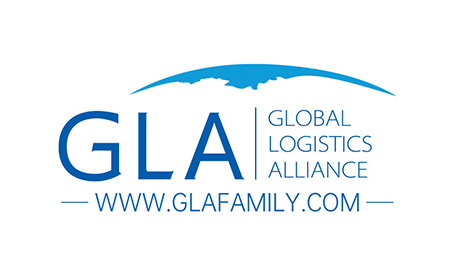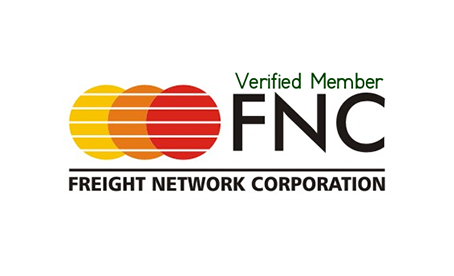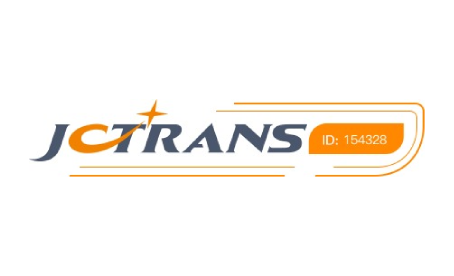Proper customs clearance is the cornerstone of ensuring smooth cross-border movement of goods. It’s not just about completing regulatory formalities; it also helps avoid accumulating direct and indirect costs that could result in fines, delivery delays, and loss of customer trust. When clearance is delayed, the consequences may include additional storage fees, disruption of supply chains, and increased backup inventory — all of which burden operations and weaken competitiveness.
Conversely, common clearance errors — such as missing documents, inaccurate HS classifications, or incorrect customs values — can become significant obstacles to operational efficiency. These mistakes may cause goods to be unexpectedly held at the border, subjected to inspections, and consequently delayed for delivery — potentially leading to fines and damaging the company’s image with clients and business partners. Ultimately, what should be a routine process can turn into a logistical nightmare, requiring more effort and higher costs to correct.
This article highlights these common mistakes, their severe impact on cost, time, and reputation, and provides effective strategies to avoid them — ensuring a smoother and more economical customs process.
Common Mistakes That Delay Customs Clearance
1. Incomplete or Incorrect Commercial Invoice Data
The commercial invoice is the primary document on which most customs clearance procedures are based. Customs authorities rely on it to determine the nature, value, and contractual responsibilities of the goods. Any error or missing information — whether intentional or accidental — can trigger complex delays and undermine the company’s credibility with regulatory authorities.
One of the most common mistakes is failing to include Incoterms — the internationally recognized trade terms that define who is responsible for shipping, insurance, duties, and taxes. Without them, responsibility becomes ambiguous, and customs may reject the document until the matter is clarified, causing clearance delays and potential extra costs.
Another frequent error is using vague product descriptions, such as “electronics” or “spare parts,” without specifying their features, material, or intended use. This can lead to incorrect customs classification and inaccurate duties or even trigger a reassessment. Similarly, unclear charges for shipping or insurance may confuse customs about the goods’ true value, prompting requests for supplementary documents or delaying approval until all figures are verified.
How to Avoid Invoice Errors
Start with a comprehensive commercial invoice template that includes: supplier and importer details, invoice number and date, currency, precise product descriptions, HS code, country of origin, quantity, unit price, total value, delivery terms (Incoterms), and separate shipping and insurance costs. A signed and stamped invoice from the exporter greatly improves acceptance by customs.
Always conduct an internal review before submission to ensure consistency with other shipping documents such as the bill of lading and packing list. Digital invoicing tools can be programmed to flag missing or inconsistent data, further improving accuracy.
2. Using Incorrect HS/HTS Codes
Correct HS/HTS classification is fundamental to successful customs clearance. Customs authorities worldwide use these codes to determine the nature of the goods, applicable duties and taxes, and whether special permits or certificates are required. The HS (Harmonized System) is an internationally recognized six-digit classification maintained by the World Customs Organization, which some countries expand to up to 10 digits for greater local detail.
Incorrect classification — whether due to vague product descriptions or unfamiliarity with the system — can lead to delayed shipments, re-inspections, or even heavy fines. Sometimes suppliers use HS codes applicable in their own country, which may differ from the importing country’s system, causing further delays.
How to Avoid Incorrect HS/HTS Codes
Use official customs tools to determine the correct code — many customs authorities provide searchable databases based on product name, components, or usage. For complex or multi-use products, consult a licensed customs broker who can confirm the correct classification and liaise with customs before shipping.
3. Discrepancies Between the Invoice, Bill of Lading, and Packing List
Consistency among the core shipping documents — commercial invoice, bill of lading, and packing lists are essential. Any mismatch, even minor, in quantities, total weight, or product descriptions can raise red flags and prompt customs to hold the shipment for further checks.
Such discrepancies are not seen merely as clerical errors — they can be interpreted as a lack of transparency or even an attempt to evade duties. This can lead to full inspections, reassessment of duties, and increased scrutiny for all future shipments.
How to Avoid Documentation Mismatches
Implement strict internal review procedures to cross-check all documents before submission. Use digital tools to automatically detect inconsistencies, and maintain clear communication with suppliers to ensure documents meet the importing country’s requirements.
4. Inaccurate Customs Valuation
Customs valuation determines the duties and taxes payable on imported goods. Under-declaring value to reduce duties is illegal and can result in heavy fines, shipment seizure, and blacklisting. Over-declaring value unnecessarily increases duties and reduces competitiveness.
How to Avoid Valuation Errors
Declare the actual transaction value, including product cost, shipping, insurance, and other related expenses. Support each amount with documentary evidence such as payment receipts, transport contracts, and insurance policies. When in doubt, consult a licensed customs broker to ensure compliance.
5. Improper Packaging
Packaging is more than protection during transport — it can determine whether a shipment is accepted or rejected by customs. Using prohibited or non-compliant packaging materials (e.g., untreated wooden crates, non-recyclable plastics) can cause customs to halt or return shipments.
How to Avoid Packaging Issues
Follow the importing country’s packaging standards, including approved materials, sealing methods, labeling, and handling instructions. Coordinate with suppliers and freight forwarders to ensure compliance and document packaging with photos before shipment for reference in case of disputes.
6. Poor Communication with Broker or Customs
Many delays are caused not by missing documents but by poor communication between the exporter, customs broker, and customs authorities. Delayed responses to broker queries or unclear instructions can stall the clearance process.
How to Avoid Communication Breakdowns
Provide the broker with a complete shipment file well before arrival, including all documents and special instructions. Assign a dedicated staff member to coordinate with the broker and respond promptly to inquiries.
7. Failure to Keep Up with Customs Regulation Changes
Customs regulations evolve regularly due to trade agreements, policy shifts, and global developments. Relying on outdated procedures can lead to shipment holds, unexpected fines, or outright refusals.
How to Stay Updated
Subscribe to official customs bulletins, partner with a broker who actively monitors changes, and assign an internal compliance officer to track updates and train staff accordingly.
By avoiding these common mistakes — from invoice inaccuracies to poor communication — companies can significantly reduce clearance delays, cut costs, maintain customer trust, and enhance their competitiveness in global markets


 Track Your Shipment
Track Your Shipment
 Online Enquiry
Online Enquiry
 Sign In
Sign In
 English
English

 Alfares Cargo
Alfares Cargo
 Logistic Informations
Logistic Informations
 2025-08-25
2025-08-25












